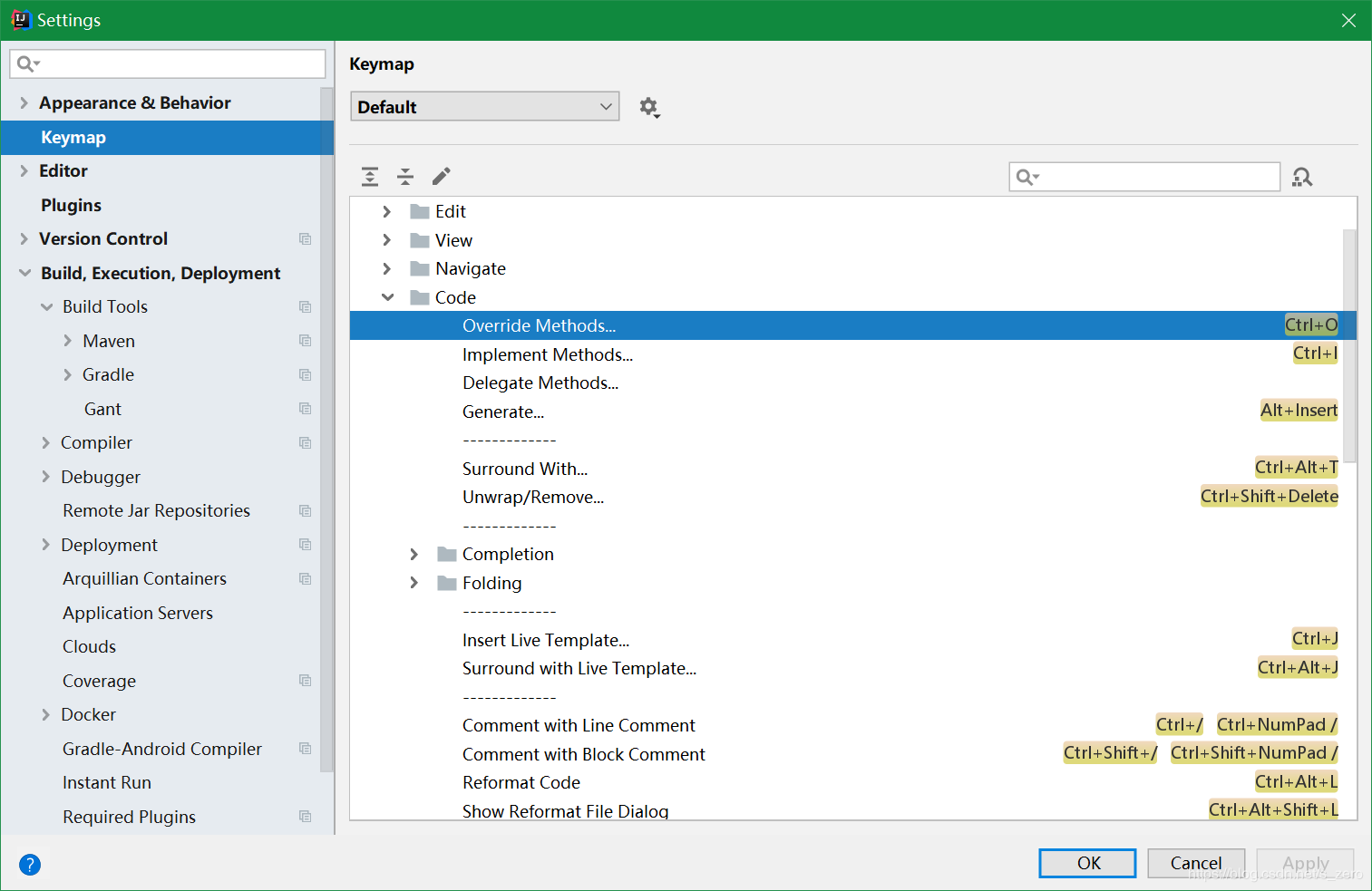Python多进程
安装:
pip install multiprocess
使用:
import multiprocessing
创建进程:
multiprocessing.Process([group [, target [, name [, args [, kwargs]]]]])# target表示调用对象# args表示调用对象的位置参数元组# kwargs表示调用对象的字典# name为别名# group实质上不使用
方法:
is_alive() :进程是否存活
join([timeout])
run()
start() :启动一个进程
terminate()
属性:authkey、daemon(要通过start()设置),exitcode(进程在运行时为None、如果为–N,表示被信号N结束)、name、pid。其中daemon是父进程终止后自动终止,且自己不能产生新进程,必须在start()之前设置。
创建一个单进程:
import multiprocessingimport timedef func():for i in range(5):print(i,"*"*10)time.sleep(2)if __name__ == '__main__':p=multiprocessing.Process(target=func)p.start()print("p.pid:",p.pid)print("p.name",p.name)print("p.is_alive",p.is_alive())# p.pid: 11792# p.name Process-1# p.is_alive True# 0 **********# 1 **********# 2 **********# 3 **********# 4 **********
2.创建函数并将其作为多进程
import multiprocessingimport timedef func1():for i in range(5):print(i,"*"*10)time.sleep(2)def func2():for i in range(5):print(i*10,"*"*10)time.sleep(2)if __name__ == '__main__':p1=multiprocessing.Process(target=func1)p1.start()p2 = multiprocessing.Process(target=func2)p2.start()print("The number of CPU is:" + str(multiprocessing.cpu_count()))# The number of CPU is:2# 0 **********# 0 **********# 1 **********# 10 **********# 2 **********# 20 **********# 3 **********# 30 **********# 4 **********# 40 **********
将进程定义为类
import multiprocessingimport timeclass Mytest(multiprocessing.Process):def __init__(self,interval):multiprocessing.Process.__init__(self)self.interval=intervaldef run(self):n = 5while n > 0:print("the time is {0}".format(time.ctime()))time.sleep(self.interval)n -= 1if __name__ == '__main__':p=Mytest(2)p.start()# the time is Tue Apr 27 20:31:10 2021# the time is Tue Apr 27 20:31:12 2021# the time is Tue Apr 27 20:31:14 2021# the time is Tue Apr 27 20:31:16 2021# the time is Tue Apr 27 20:31:18 2021
设置daemon属性,主进程结束,子进程就随着结束
不加daemon:
import multiprocessingimport timedef func(sle):print("time now_1:{}".format(time.ctime()))time.sleep(sle)print("time now_2:{}".format(time.ctime()))if __name__ == '__main__':p=multiprocessing.Process(target=func,args=(2,))p.start()print("end!")# end!# time now_1:Tue May 18 16:52:22 2021# time now_2:Tue May 18 16:52:24 2021
加上daemon:
import multiprocessingimport timedef func(sle):print("time now_1:{}".format(time.ctime()))time.sleep(sle)print("time now_2:{}".format(time.ctime()))if __name__ == '__main__':p=multiprocessing.Process(target=func,args=(2,))p.daemon=Truep.start()print("end!")# end!
join让其中一个子进程运行,在这个子进程运行完毕,在让另外一个子进程运行,所以在其中一个子进程运行期间,其他进程只能按着固有的顺序等待。
import multiprocessingimport timedef funcA():sle=2print("funcA_time now_1:{}".format(time.ctime()))time.sleep(sle)print("funcA_time now_2:{}".format(time.ctime()))return sledef funcB():t=funcA()print("funcB_time now_1:{}".format(time.ctime()))time.sleep(t)print("funcB_time now_2:{}".format(time.ctime()))if __name__ == '__main__':p1=multiprocessing.Process(target=funcA)p2=multiprocessing.Process(target=funcB)p1.start()p1.join()p2.start()p2.join()print("end!")## funcA_time now_1:Tue May 18 17:12:28 2021# funcA_time now_2:Tue May 18 17:12:30 2021# funcA_time now_1:Tue May 18 17:12:30 2021# funcA_time now_2:Tue May 18 17:12:32 2021# funcB_time now_1:Tue May 18 17:12:32 2021# funcB_time now_2:Tue May 18 17:12:34 2021# end!
互斥锁
加锁可以保证多个进程修改同一块数据时,同一时间只能有一个任务可以进行修改,即串行的修改
from multiprocessing import Lock,Processimport timeimport osdef funcA(mutex):sle=2print("funcA_time now_1:{} pid:{}".format(time.ctime(),os.getpid()))time.sleep(sle)print("funcA_time now_2:{} pid:{}".format(time.ctime(),os.getpid()))return sledef funcB(mutex):t=funcA(mutex)print("funcB_time now_1:{}".format(time.ctime()))time.sleep(t)print("funcB_time now_2:{}".format(time.ctime()))if __name__ == '__main__':mutex=Lock()p1=Process(target=funcA,args=(mutex,))p2=Process(target=funcA,args=(mutex,))p1.start()print(p1.pid)time.sleep(10)p2.start()print(p2.pid)print("end!")# 7292# funcA_time now_1:Tue May 18 17:23:48 2021 pid:7292# funcA_time now_2:Tue May 18 17:23:50 2021 pid:7292# 20396# end!# funcA_time now_1:Tue May 18 17:23:58 2021 pid:20396# funcA_time now_2:Tue May 18 17:24:00 2021 pid:20396



































还没有评论,来说两句吧...